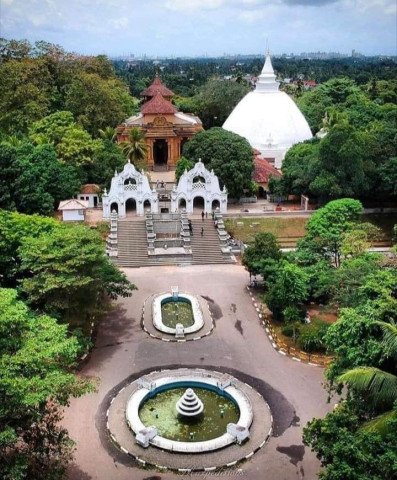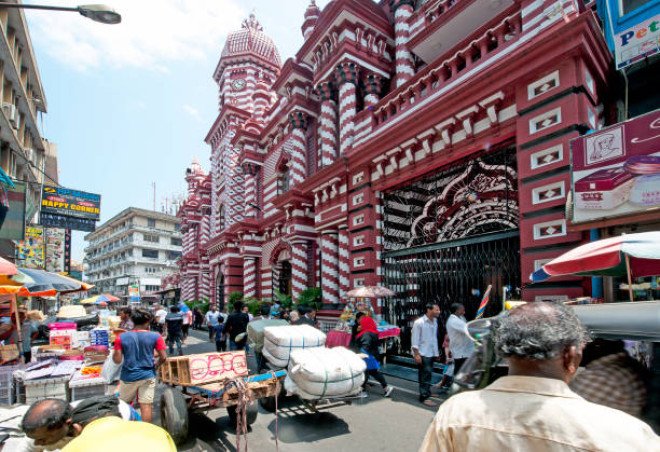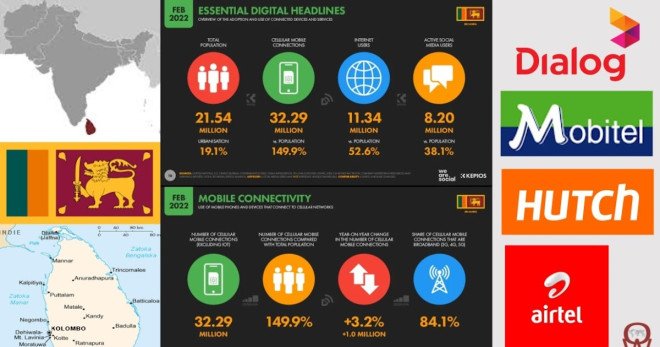Kelaniya Raja Maha Viharaya, Peliyagoda, Western Province, 10620
Listing Owner
Listing Description :
Just 10 kilometers northeast of Colombo lies Kelaniya Raja Maha Viharaya, one of Sri Lanka’s most revered Buddhist temples. With a history said to date back over 2,500 years, the temple holds both spiritual and historical importance. It is believed to be one of the sites visited by the Buddha himself during his final visit to the island, making it sacred not just for Sri Lankans but also for Buddhists across the world.
The temple is known for its grand dagoba (stupa), vivid Jataka tale murals, and tranquil riverside setting along the Kelani River. Intricately detailed frescoes by the famed artist Solias Mendis depict centuries of Buddhist legends and local stories. Pilgrims come to pay their respects, light oil lamps, and offer lotus flowers, while visitors are drawn to the peaceful energy and rich heritage embedded in every corner.
Whether you're a spiritual seeker, history lover, or admirer of traditional art, Kelaniya Temple offers a deeply moving and culturally rich experience just a short ride from Colombo.
Common FAQs :
-
Kelaniya Raja Maha Viharaya is located in Kelaniya, approximately 30 minutes from central Colombo.
-
The temple is considered one of the three sites in Sri Lanka visited by the Buddha.
-
It has been a center of Theravāda Buddhist worship for over two millennia.
-
The temple complex includes a large stupa, image houses, shrines, and landscaped gardens.
-
The current structure was restored and enhanced in the 20th century after damage during colonial rule.
-
Murals inside the temple were painted by Solias Mendis and illustrate Buddhist history and Sri Lankan folklore.
-
The Kelani River beside the temple is considered sacred and features in many ancient texts.
-
Entry is free, but donations are appreciated and contribute to temple upkeep.
-
The temple is open daily from early morning until late evening, typically from 6:00 AM to 8:00 PM.
-
The site gets particularly busy during Duruthu Perahera, a grand annual procession held in January.
-
Visitors are required to dress modestly and remove shoes before entering the inner temple areas.
-
Guided tours are not officially provided, but some monks or volunteers may offer explanations.
-
Photography is allowed in the outer areas but discouraged in sacred inner chambers.
-
It is considered a family-friendly and peaceful destination suitable for all age groups.
-
A small shop outside the temple sells incense, flowers, and offerings for pilgrims.
-
Clean restrooms and basic facilities are available within the temple premises.
-
The temple is easily reachable by car, tuk-tuk, or public bus from Colombo.
-
Parking is available near the entrance, though it can get crowded on weekends and poya days.
-
The best time to visit is early morning or late afternoon when the atmosphere is calm and serene.
-
The temple’s peaceful surroundings and ancient aura make it ideal for quiet reflection and meditation.
















